11 Military Helmets That Tell a Story of Their Era
Every military helmet tells a story, not just about the conflicts they were used in, but about the people who wore them. Over the centuries, these helmets have adapted, reflecting changes in warfare and technology. They provide a fascinating glimpse into the ways different eras approached protection and defense. Some helmets are symbols of strength, while others are reminders of the challenges soldiers faced.
This post may contain affiliate links, which helps keep this content free. Please read our disclosure for more info.
Roman Galea Helmet
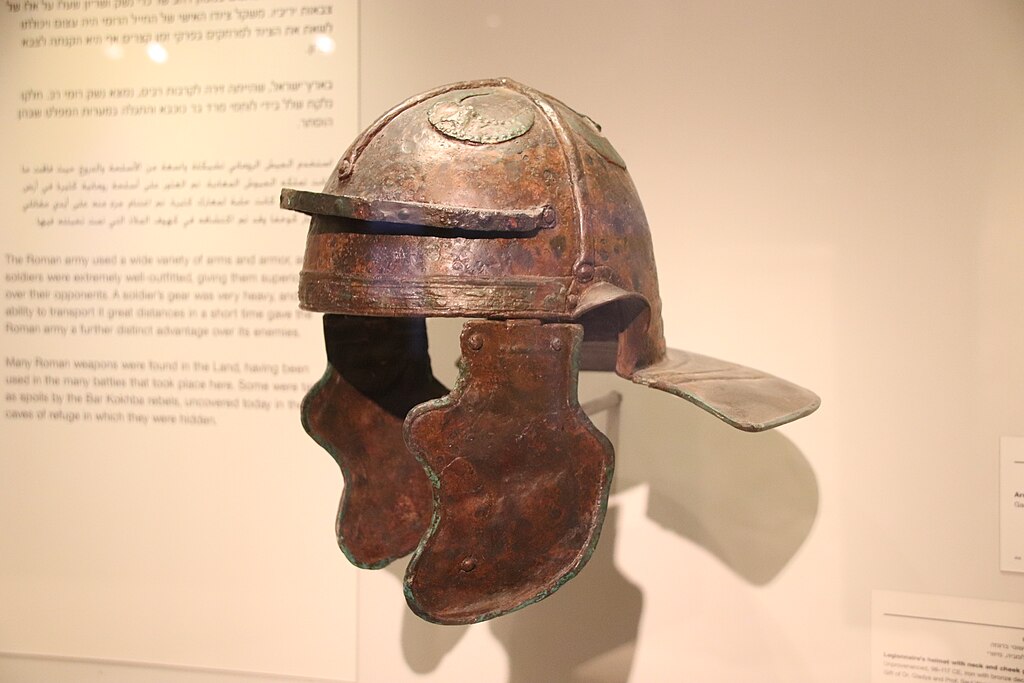
The Roman Galea helmet was a critical part of the Roman soldier’s uniform. Made of bronze or iron, this helmet provided protection during battles and was often decorated with crests to denote rank. These helmets became iconic symbols of Roman military power. They were designed with a wide brim to shield the face and neck while allowing the soldier to maintain vision and mobility.
Galea helmets are often found in archaeological sites and museums. They are notable for their intricate designs and craftsmanship, which show the level of skill in Roman metalworking. The helmet’s importance in Roman military strategy cannot be overstated. It protected soldiers in numerous significant battles, contributing to the Roman Empire’s dominance for centuries.
Greek Corinthian Helmet
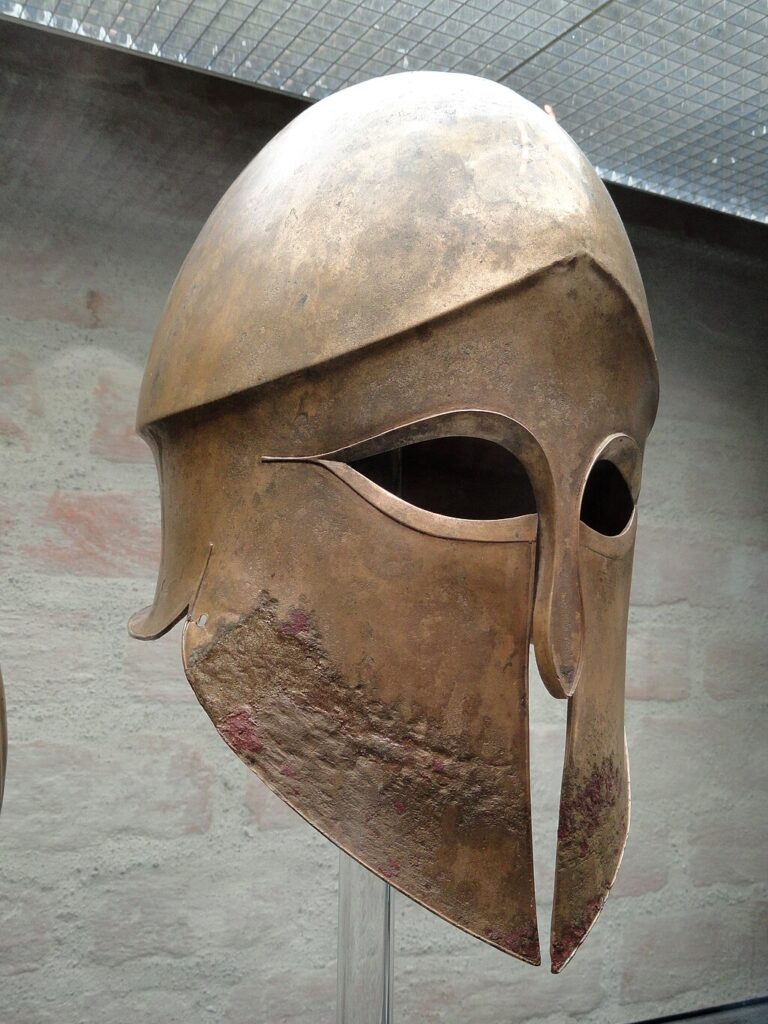
The Greek Corinthian helmet is one of the most recognizable helmets from ancient warfare. Made from a single sheet of bronze, it covered the entire head and neck, leaving only the eyes, mouth, and nose exposed. The helmet’s design was both functional and intimidating, making it ideal for hoplites during the height of Greek military power. It was often paired with armor to provide complete protection during close combat.
While effective in battle, the Corinthian helmet was known for being heavy and restrictive. Over time, soldiers began to favor lighter helmets for more flexibility. Nonetheless, the Corinthian remains a symbol of ancient Greek military strength. It continues to captivate historians and collectors alike with its imposing appearance and role in Greece’s historic wars.
Medieval Great Helm
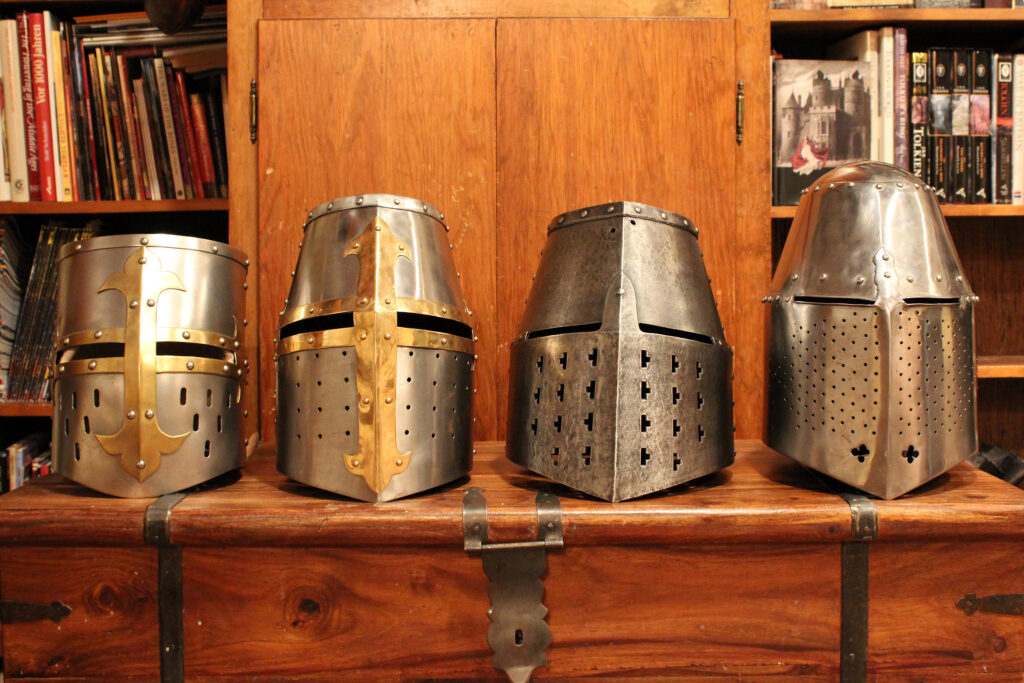
The medieval Great Helm was worn by knights during the Middle Ages, especially in the 12th and 13th centuries. This large, cylindrical helmet covered the entire head and face, with small openings for vision and breathing. It provided excellent protection in hand-to-hand combat, particularly during jousts and battlefield skirmishes. The heavy design was ideal for defending against swords, arrows, and other weapons of the time.
As the need for mobility increased, the Great Helm evolved into lighter forms. Despite its bulk, it remained a symbol of knightly status and combat prowess. The Great Helm became a hallmark of medieval European warfare, often seen in depictions of knights during the Crusades. Today, it is celebrated as an icon of medieval armor.
WWII German M35 Helmet
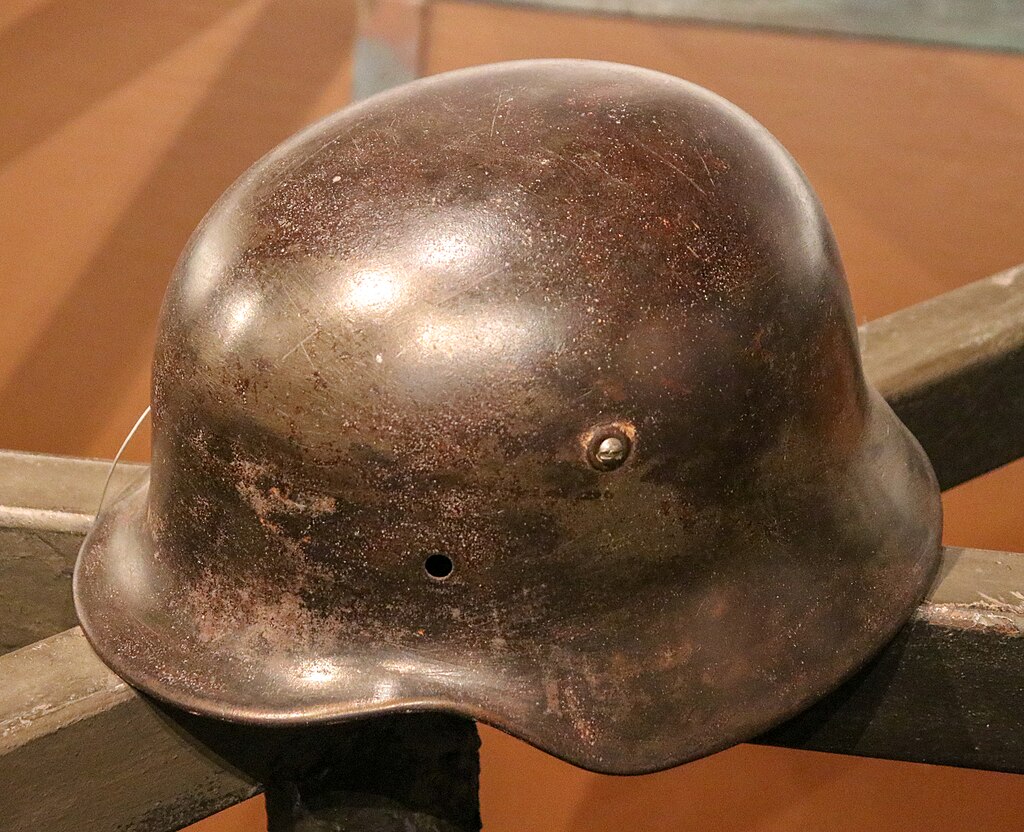
The WWII German M35 helmet is one of the most recognizable military helmets from the 20th century. Introduced in 1935, it featured a smooth, streamlined design that provided excellent protection. The helmet’s shape was meant to protect the head from shrapnel, and it became a standard issue for the German Army during World War II. Its iconic shape and distinctive decals, including the eagle and swastika, made it a symbol of Nazi Germany.
The M35 helmet’s design was later modified during the war to adapt to new combat needs. Despite its association with one of history’s darkest periods, the M35 helmet remains a subject of interest for military historians and collectors. Many original helmets are preserved in museums and collections worldwide. It represents the technological advancements in helmet design during the early 20th century.
American M1 Helmet
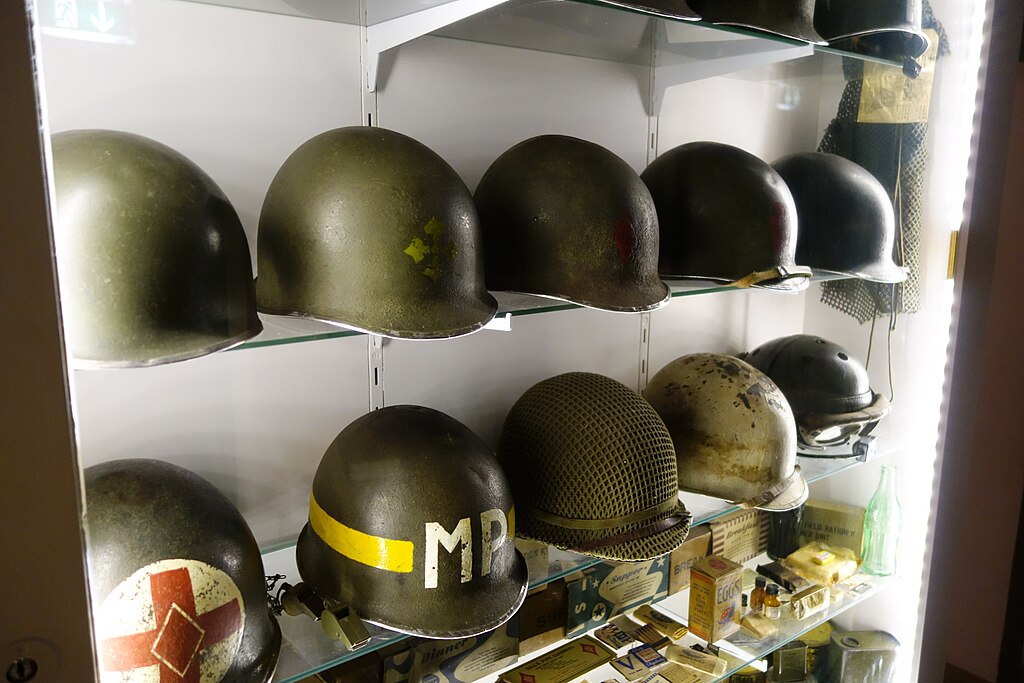
The American M1 helmet was the standard issue helmet for U.S. forces from World War II through the Vietnam War. Known for its durable steel shell and distinctive shape, it provided soldiers with superior protection against shrapnel and impacts. The M1 featured a liner that could be removed and worn separately as a lightweight headgear. This helmet became a symbol of American military power and is often seen in iconic photos from World War II.
The M1 helmet remained in service for decades, with various modifications and improvements over time. It was instrumental in the success of American troops during major conflicts like World War II, Korea, and Vietnam. The helmet’s design was revolutionary for its time, offering better comfort and protection than earlier models. It remains an iconic symbol of American military history and is widely collected today.
British Brodie Helmet
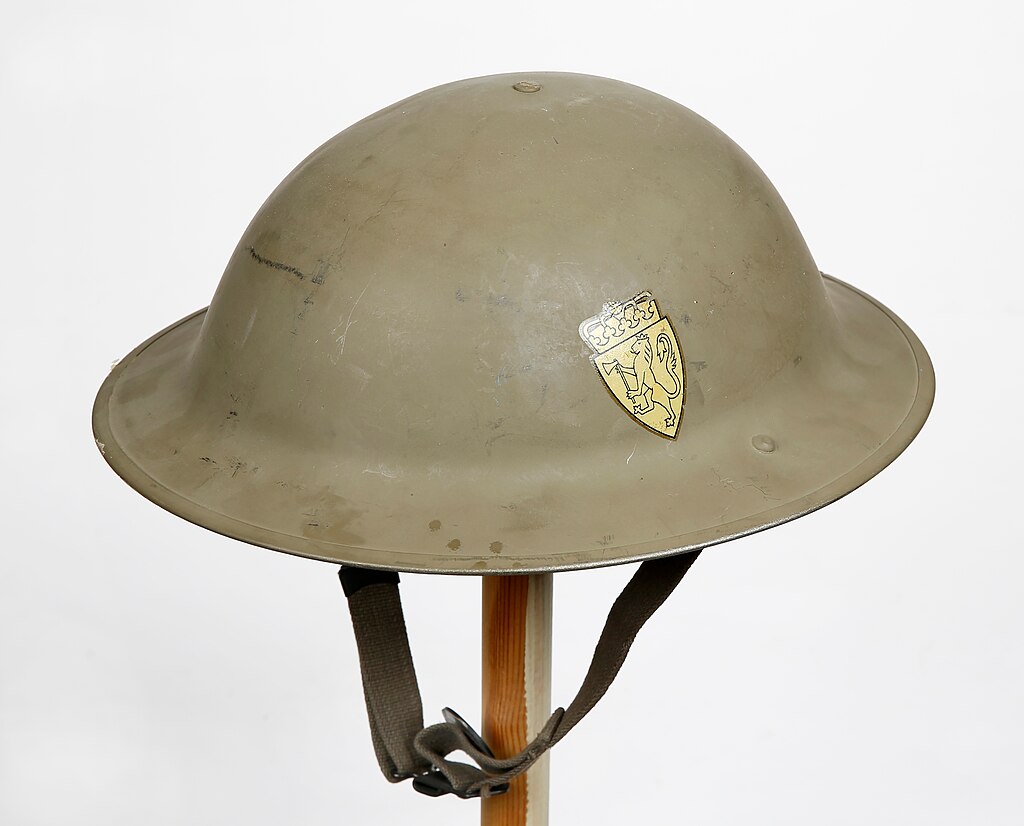
The British Brodie helmet, introduced during World War I, is one of the most recognizable military helmets from the early 20th century. It featured a steel shell with a wide brim, designed to protect the wearer from shrapnel. The helmet’s simple yet effective design made it a favorite among soldiers during the trenches of World War I. It was quickly adopted by other nations and became a symbol of British military resilience.
The Brodie helmet underwent several modifications throughout its use in World War II. Despite its basic design, it provided crucial protection to soldiers facing constant artillery fire. Today, the Brodie helmet is remembered for its role in the brutal warfare of the trenches. It remains a key artifact for collectors of World War I memorabilia.
French Adrian Helmet
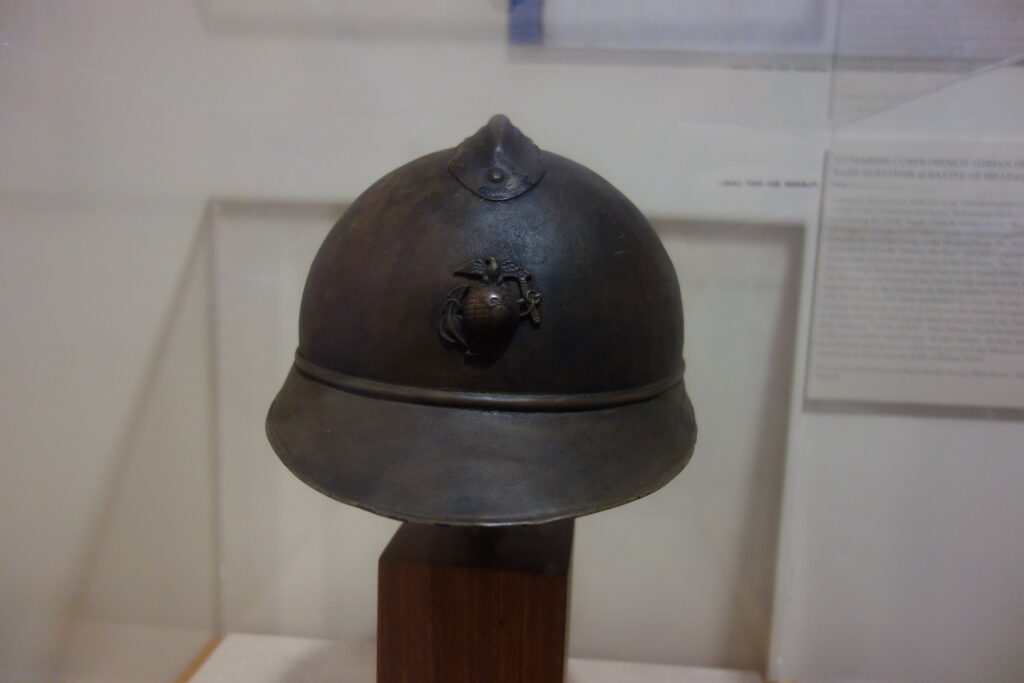
The French Adrian helmet was the first steel helmet adopted by the French army during World War I. Introduced in 1915, it was designed to protect soldiers from the increasing number of head injuries caused by shrapnel. The helmet had a distinctive design, with a ridge along the top and a side brim that provided additional protection. It became a symbol of the French army’s efforts to adapt to modern warfare.
The Adrian helmet was used by French forces throughout World War I and continued to be used in World War II, albeit in modified forms. Its design influenced the development of many other helmets around the world. Today, the Adrian helmet is considered a milestone in the history of military headgear. Its unique look and historical significance make it a sought-after piece for collectors.
Japanese Type 90 Helmet
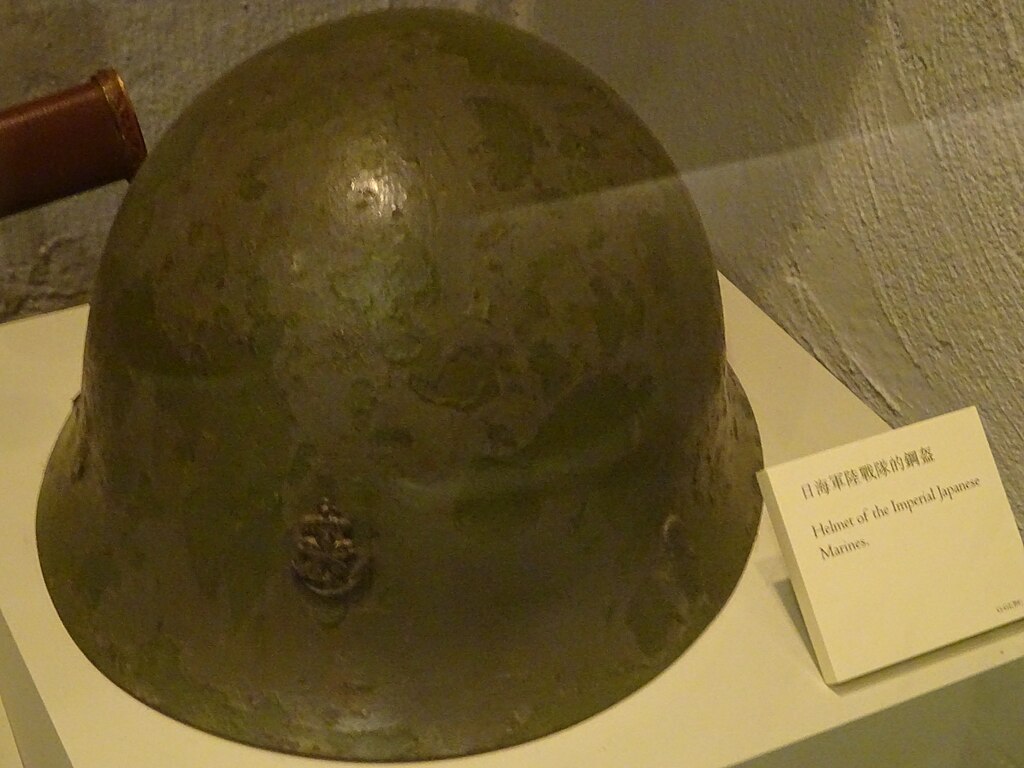
The Japanese Type 90 helmet was introduced in the late 1930s and became standard issue for Japanese soldiers during World War II. Its design was similar to that of European helmets, with a steel shell and a distinctive front visor. The helmet offered good protection against shrapnel and debris during battle. It was also fitted with a chin strap to ensure a secure fit.
The Type 90 helmet is often associated with the Japanese Imperial Army and their involvement in key battles during the war. The helmet’s design was later updated during the war to improve comfort and effectiveness. Despite its functional design, the helmet’s place in history is often overshadowed by the more famous helmets of other nations. Nevertheless, it remains a notable item for collectors of World War II memorabilia.
US M1917 Helmet
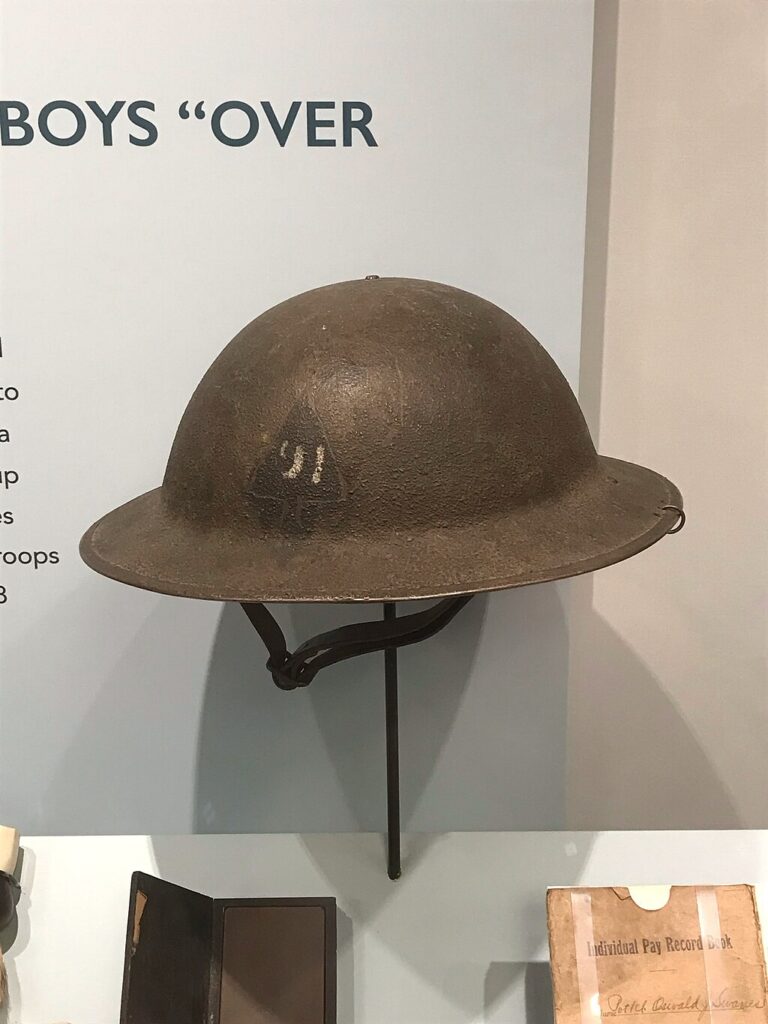
The US M1917 helmet, also known as the “American Doughboy” helmet, was the first steel helmet adopted by the United States during World War I. It was modeled after the British Brodie helmet but with a deeper, more rounded shape. The M1917 was issued to American soldiers to protect them from shrapnel and debris in the trenches. It became an iconic piece of equipment for U.S. forces during the war.
The M1917 was later replaced by the M1 helmet in World War II, but it remained a symbol of American resolve during the brutal fighting in Europe. Many original M1917 helmets can be found in museums and private collections today. Its design and use during World War I make it a key piece of military history. The helmet represents the early stages of U.S. military adaptation to modern warfare.
Italian M33 Helmet
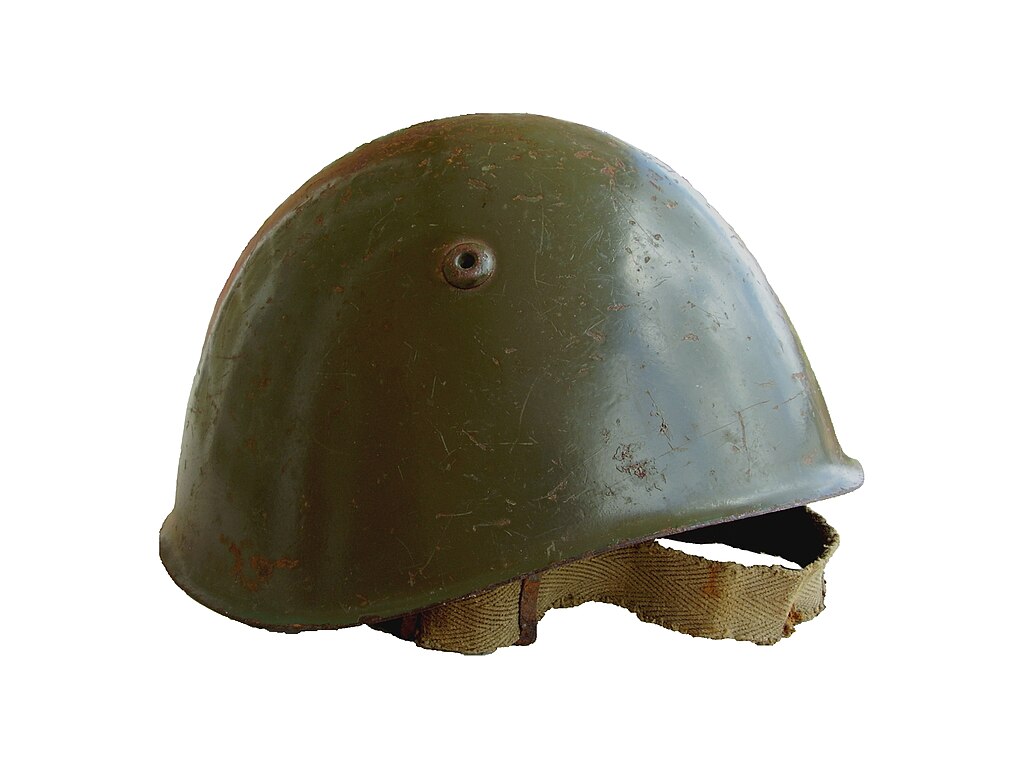
The Italian M33 helmet was introduced in 1933 and became the standard issue for Italian soldiers during World War II. Its design was based on the earlier M15 helmet but featured a more modern shape with a smooth, rounded steel shell. The helmet was relatively lightweight, offering comfort and protection to soldiers. It was worn by Italian troops in key campaigns across Europe and North Africa.
The M33 helmet remained in service long after World War II, with some modifications made over the years. Its simple, effective design made it a reliable piece of equipment. Today, the M33 is a valuable artifact for collectors of World War II memorabilia. It remains an iconic piece of Italian military history, symbolizing the country’s participation in the war.
Dutch M-34 Helmet
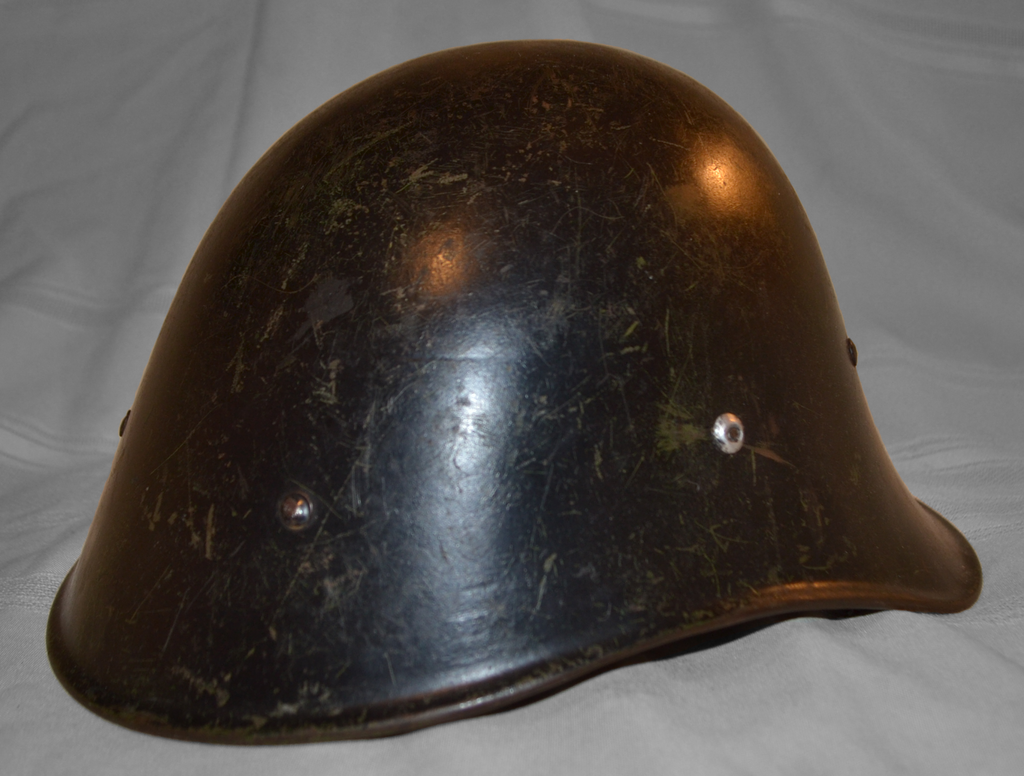
The Dutch M-34 helmet was introduced in the 1930s and was used by the Dutch army during World War II. This helmet featured a simple, streamlined design with a smooth steel shell. The M-34 helmet was effective at protecting soldiers from shrapnel and debris, making it essential during battles. Although not as famous as other helmets from the era, it represents the Netherlands’ role in the war.
The M-34 helmet is often overshadowed by helmets from larger powers, but it holds historical significance. Its use by Dutch soldiers during the German invasion in 1940 marks an important moment in the nation’s military history. Today, the helmet is a rare find for collectors and is often admired for its clean design and historical context. It remains an interesting piece for those interested in World War II and the role of smaller nations in the conflict.
This article originally appeared on Avocadu.
